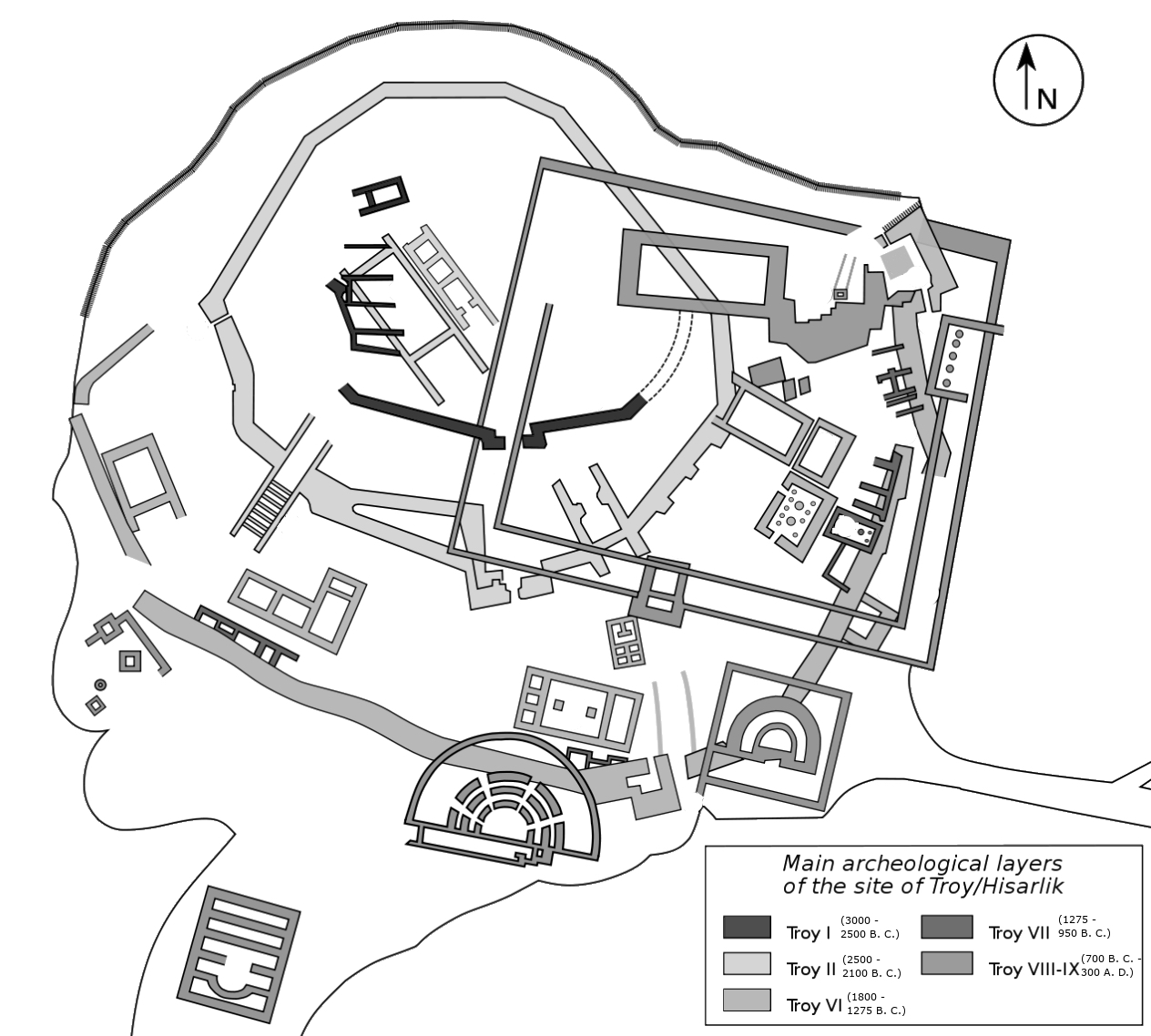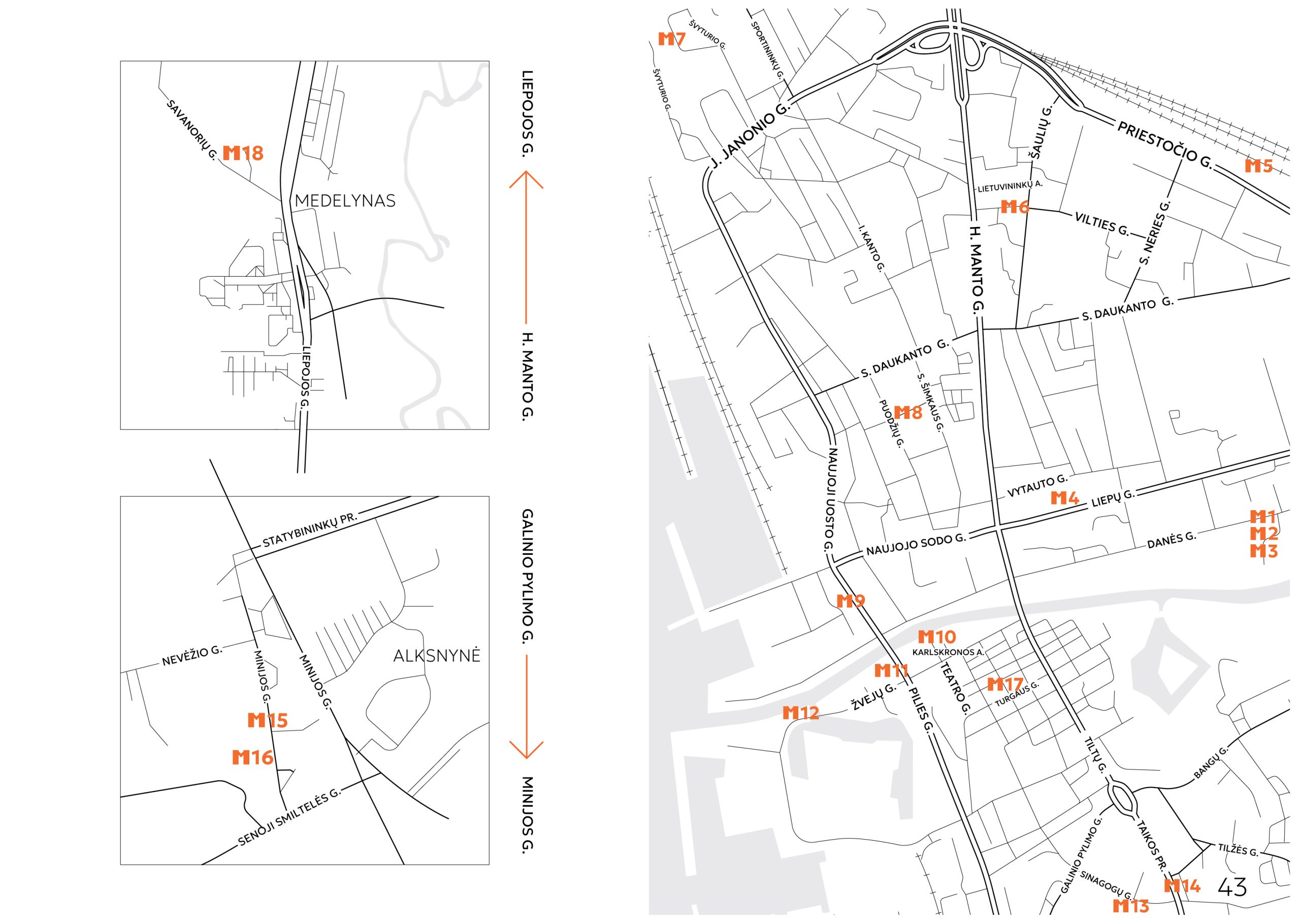Iceberg, 2024
site-specific installation; light, programming
sound work by Anton Lukoszevieze
M-9 Naujoji Uosto g. 5
This house was the workplace of Lithuania’s first captain, Liudvikas Stulpinas, from 1923. In 1912, while guiding the steamship Birma across the Atlantic, Captain Stulpinas received a disterss signal from the sinking Titanic, ordered an immediate change of course and rushed to the Titanic’s passengers’ rescue, baking hundreds of loaves of bread and making hundreds of beds for them. Unable to find the Titanic due to the wrong coordinates, Stulpin appealed to the Carpathia, another nearby ship, but received only a “shut up” reply. Due to such miscommunication, Birma was unable to save a single person, the crew only managed to take a picture of the iceberg that sunk the Titanic. The abandoned, crumbling ‘captain’s house’, right on the edge of a busy street, looks today like a bleak, lonely iceberg. Mikučionytė’s light installation in the two windows of this building – Birma’s conversations with the Titanic and Carpathia, transmitted by Morse signal – is like a plea for help. But one is broadcast to the East and the other to the West. They do not communicate. On the north side of the building, which cannot be approached because of the busy street, a barely visible iceberg shines, and through the boarded-up door of the house, the music by composer Anton Lukoszevieze emanates from the image of the iceberg as if it were a score.
Paulina Pukytė
Anton Lukoszevieze is an inter-disciplinary artist, composer and musician. In his practice he merges experimental sound, performance, contemporary dance, photography, video, text, drawing, and found objects. He has collaborated with a vast array of artists and organisations such as Christian Marclay, Beatrice Gibson, Jayne Parker, Lina Lapelytė, Philip Corner, Jim O’Rourke, Phill Niblock, Tony Conrad, Milan Knižak, Artūras Bumšteinas, Merce Cunningham Dance Company, Tate Modern, Whitechapel Gallery, Serpentine Gallery and Copenhagen Contemporary. He is the founder and Director of the experimental group Apartment House.

Captain Stulpinas chart showing Burma’s course on the way back to the sinking Titanic. Image source: Encyclopedia Titanica.
Indigo, 2024
interactive site-specific installation
M-10 Žvejų g. 12 / Karlskonos a.
It is said that the warehouse of Heinrich Schliemann, the entrepreneur who discovered “Troy”, “miraculously” did not burn down during the Klaipėda fire of 1854. It is also said that Schliemann’s goods did not perish in that fire simply because of a delay in delivery. The goods that were saved were indigo, a natural blue dye that we see all around us today in the form of jeans. Jeans, a fashion item so coveted in the Soviet era as a symbol of status and freedom, and so hard to come by, used to come to Lithuania via Klaipėda, brought “illegally” by sailors on ships sailing to Western countries. In the West, blue jeans (until then a worker’s garment), before they became a most widely worn item of clothing, were a symbol of rebellious youth, of freedom, of the struggle for gender, racial and social equality, and of political protests against war and violence against women. Their widespread use makes them a sign of mass protests in our own age, especially where all symbols of rebellion against authoritarian-repressive regimes are banned. Here, on the former site of Schliemann’s indigo warehouse, take as many photos of the jeans as you can and upload them to this website.
Paulina Pukytė
Two Maps: Archaeology of History, 2024
site-specific installation
M-13 Sinagogų g. 13 / Žiedų skg. 3

Heinrich Schliemann, the famous 19th-century amateur archaeologist, populariser of archaeology and one of the discoverers of the legendary city of Troy, was connected with Klaipėda as well – he was involved in trade here.
Exploring the layers of Klaipėda’s cultural history using artistic methods, Lucija Teodora Mikučionytė overlaid the map of the archaeological excavations of the city of Troy, created by the Troy Project, on the Google map of the present-day city of Klaipėda (by matching the geographical centre of Klaipėda with the geometric centre of the archaeological map of Troy), thus comparing the real Klaipėda with the mythical Troy – and discovered various coincidences. One of the oldest structures unearthed in the presumed Troy is the city gate, built around 5000 years ago. There is also a gate at that location on the map of Klaipėda, behind which a structure (about 50 years old) has also been recently unearthed: the foundations of the Western Radio Interference Towers. The towers were built during the Soviet era on the territory of the Klaipėda Old Jewish Cemetery, and their foundations were poured on human bones, mixing concrete with broken Jewish gravestones. This shameful and horrible “archaeological” find can now be seen behind this gate, by the Jewish Culture and Religion Centre.
Paulina Pukytė
Liucija Mikučionytė graduated this year with a Master’s degree in Photography and Media Arts from Vilnius Academy of Arts, and works in the Iconography Department of the National Museum of Lithuania with the archives of modern photography. In her artistic practice, Liucija uses her self-developed method of revisiting to explore the historical-cultural layers of various specific places by combining various media – photography, video, performance, and installation.
Paulina Pukytė

Organiser: Klaipėda Culture Communication Centre.
Funded by the Lithuanian Council for Culture and Klaipėda City Municipality.
